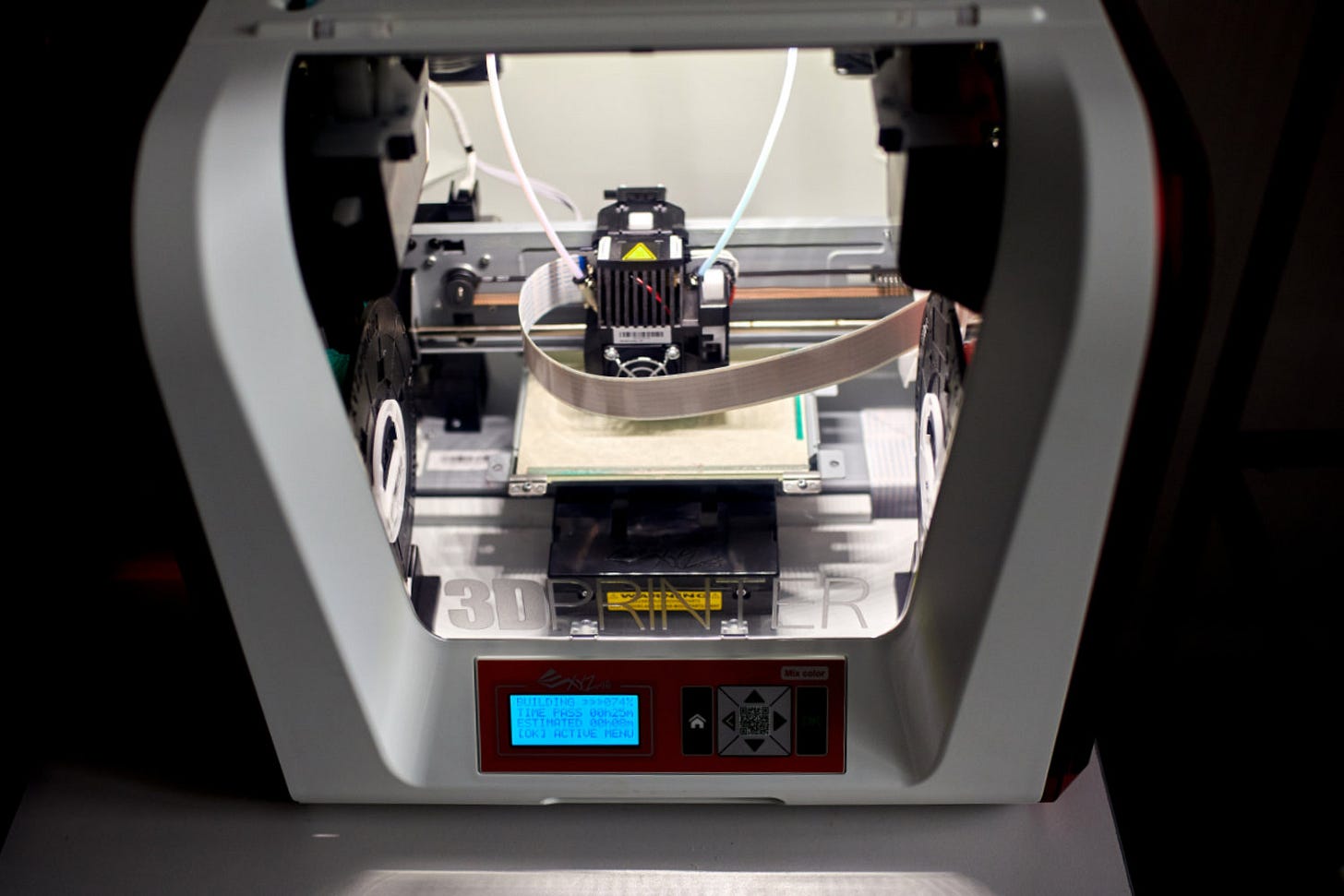Or maybe just get out of the 3D printing bubble?
Dear 3D Printing Entrepreneur — there are applications where 3D printing does not work and should not be used
Over the years, I have observed a certain characteristic that is typical of many companies operating in the AM industry. It can be summarized as a kind of manifesto: “If we are in 3D printing, we only use 3D printing.”
There are no compromises, no exploration of alternative solutions, and no consideration of alternative manufacturing methods.
It’s 3D printing or nothing — 3D printing or death.
Unfortunately, for the past few years, we have been living in a world of bubbles — informational, ideological, and social. Societies are becoming more closed off to different attitudes and ways of perceiving reality.
Everything is becoming increasingly black and white, good or bad, true or false. There is nothing in between; there are no shades of gray.
A similar approach characterizes many companies in the AM industry, where the measure of success is always the degree of implementation of additive manufacturing in a given application — rather than simply using it where it is needed.
An outcome of this approach is “3D printing of buildings,” “3D printing of cars,” or any other “3D printing of finished products.”
A company specializing in 3D printing always thinks first about scaling up its fleet of 3D printers, without considering that complementary services such as CNC milling could be more useful.
While 10–15 years ago, such an approach might have made sense because 3D printing was perceived as a “new” and innovative technology, and specialization in this one field was seen as an asset, today, as additive manufacturing has advanced to become one of the equal methods of production in various industries, it begins to pose significant limitations.
As a result, a company positioning itself as a “3D printing-only” firm loses its market competitiveness and becomes “limited” instead of “innovative.”
Today, a 3D printer can be applied in two areas:
It serves as one of many production tools, finding application only where it is necessary (more cost-effective, efficient, or capable of creating things that are otherwise impossible to produce).
It is used for the production of finished products where other manufacturing techniques are not viable (because they are less cost-effective, efficient, etc.).
Therefore, all companies operating in the AM segment, experiencing financial difficulties or not, should be open to alternatives and expand their production competencies or product portfolios.
Moving away from the 3D printing bubble can only bring benefits. Attempts to invent new solutions solely focused on “layer-by-layer” may or may not bring long-term success.
Ultimately, it has long been known that basing your business on several independent pillars instead of just one is better, safer, and more profitable.
Post scriptum:
Of course, I generalize a bit and “I am aware” of the existence of companies that actually use 3D printing “where necessary”; however, these companies are automatically profitable and are no longer perceived as “AM-only”.
This article was originally published on LinkedIn on January 29, 2024. This is a reworked version.



